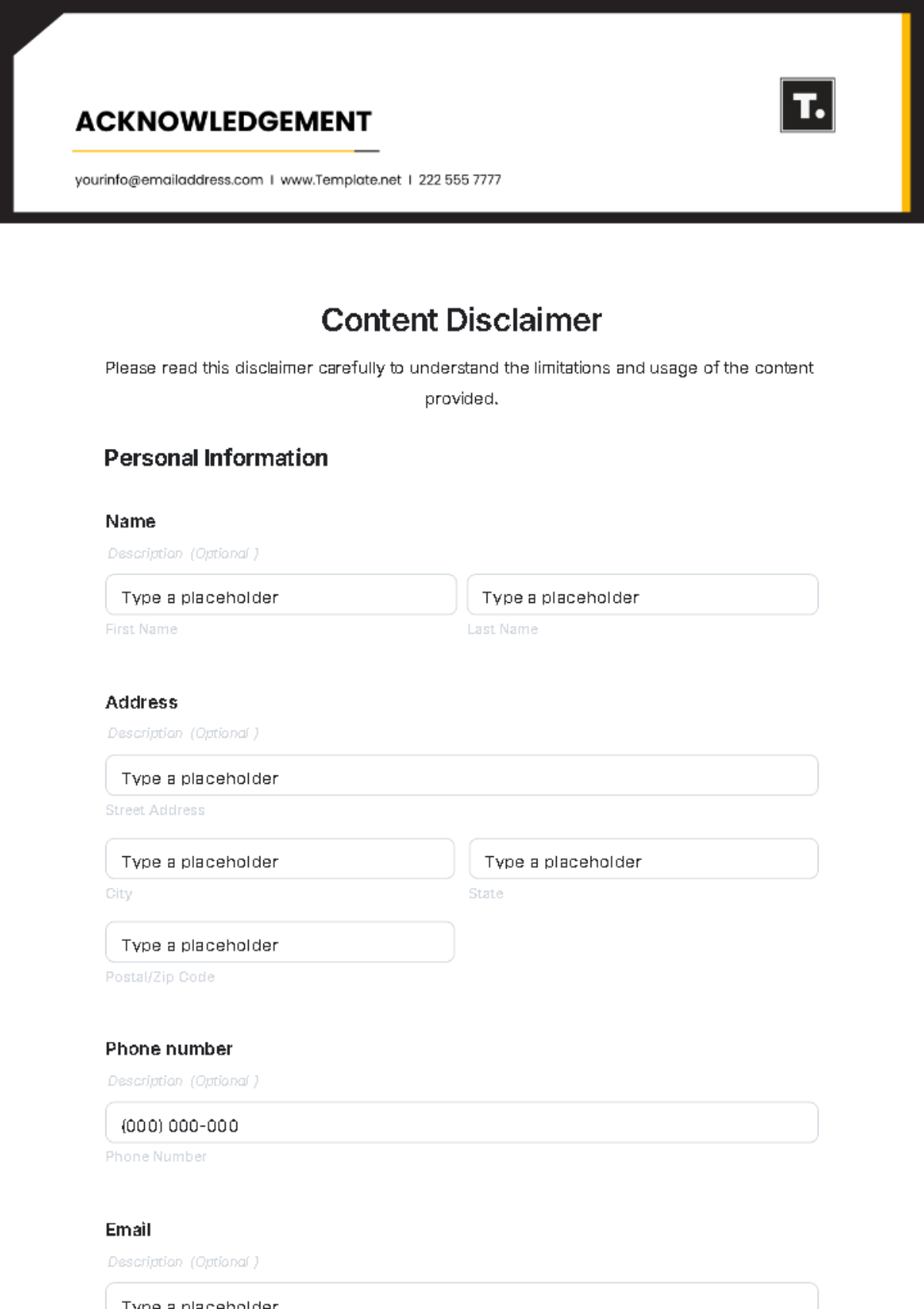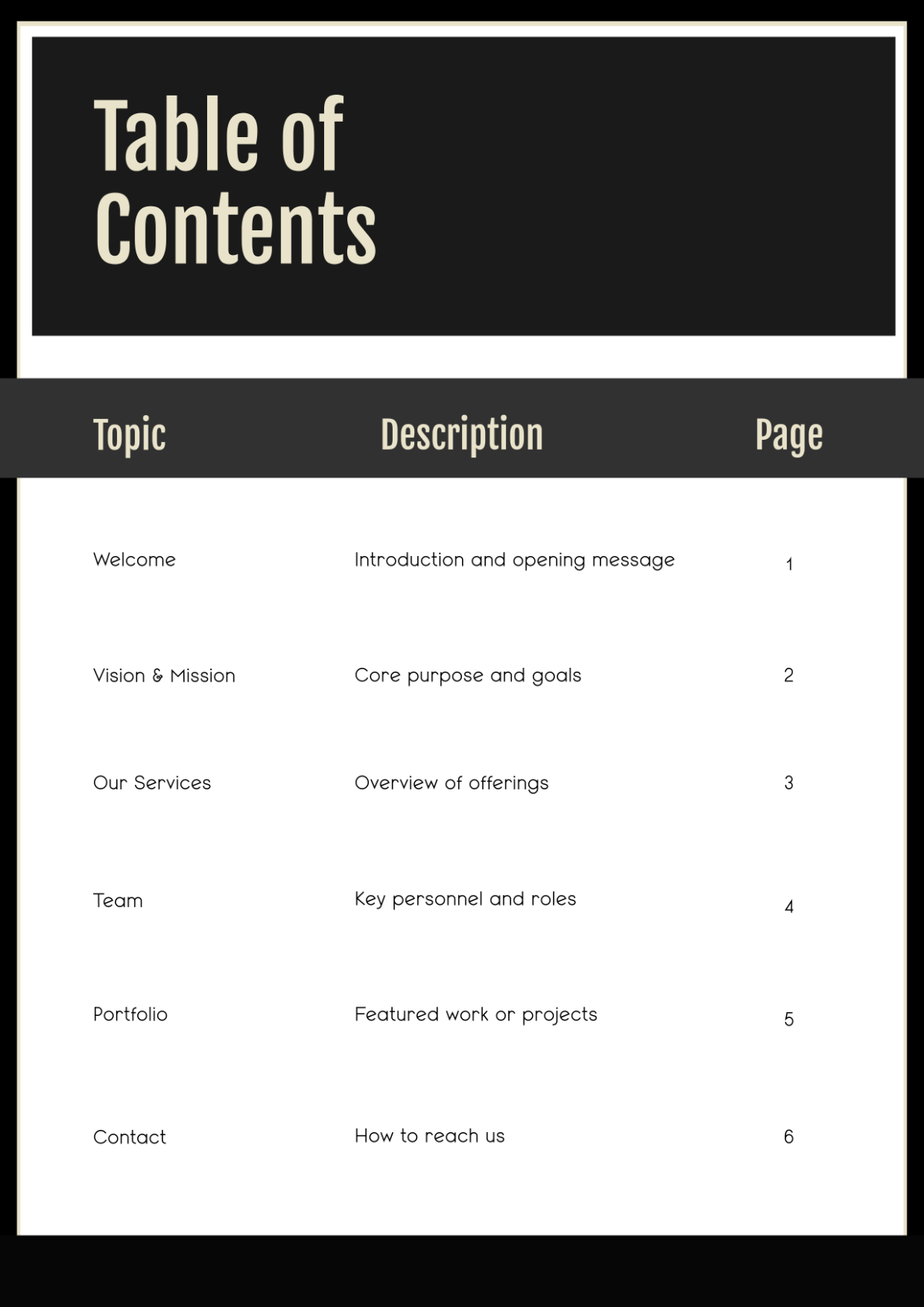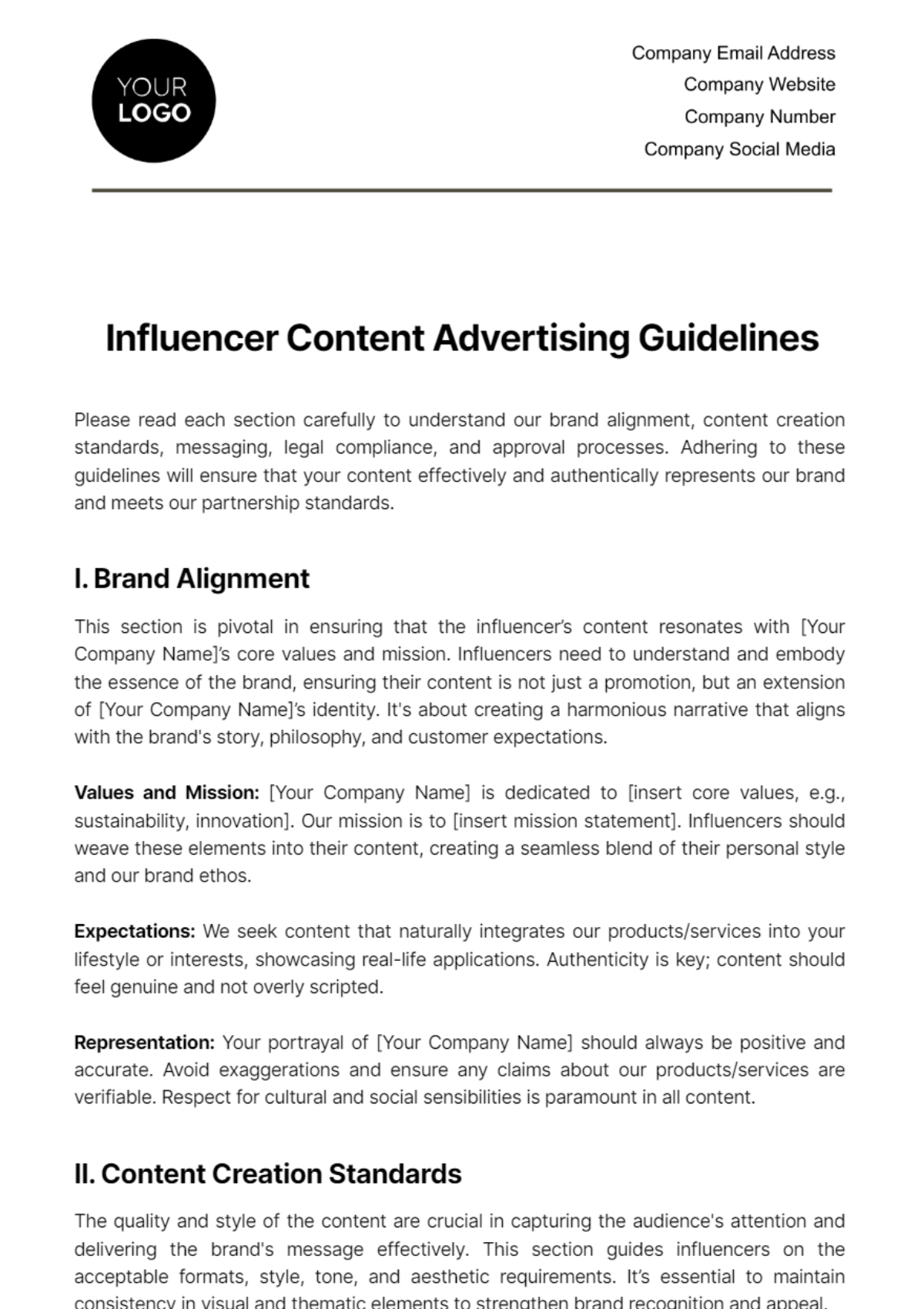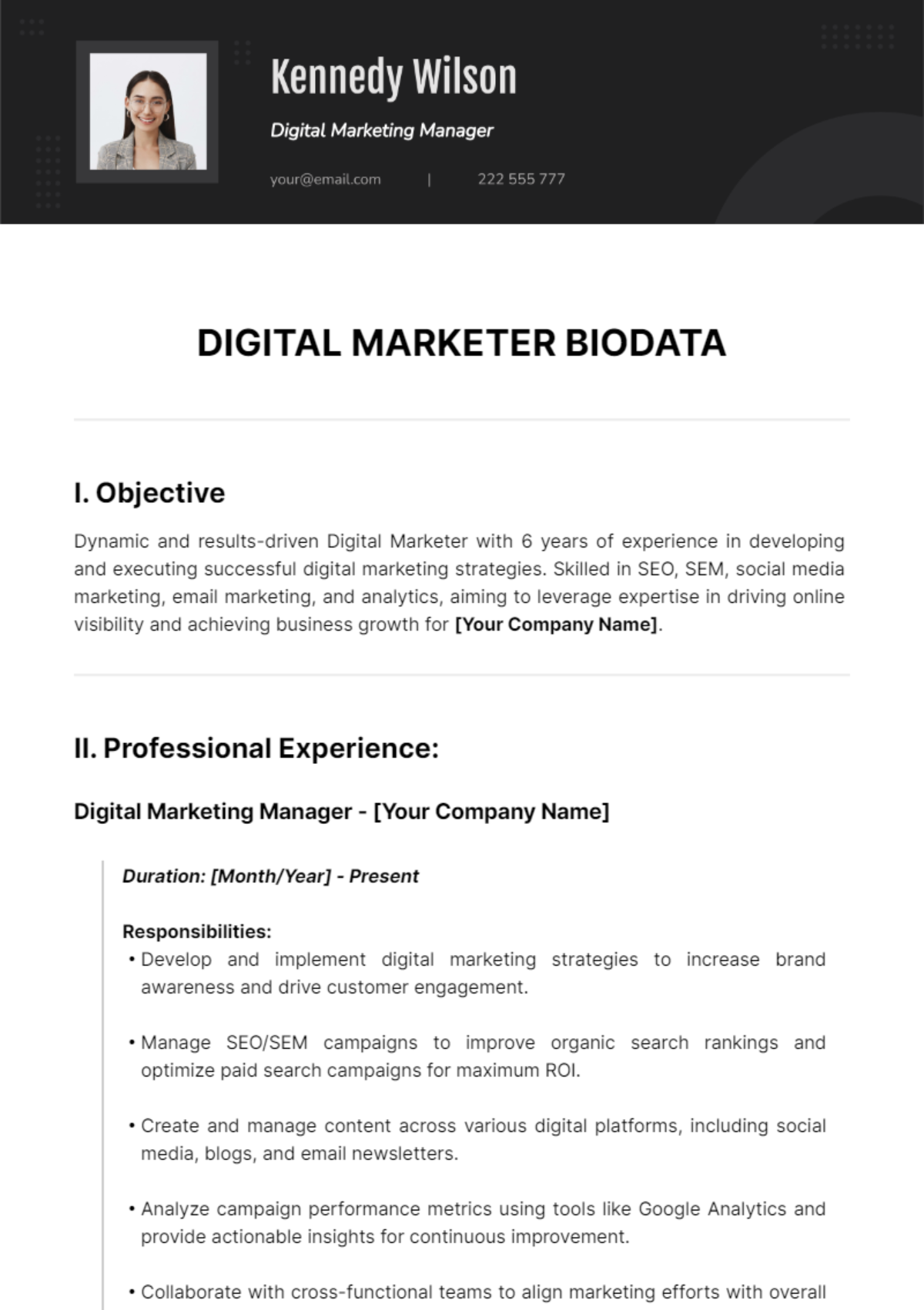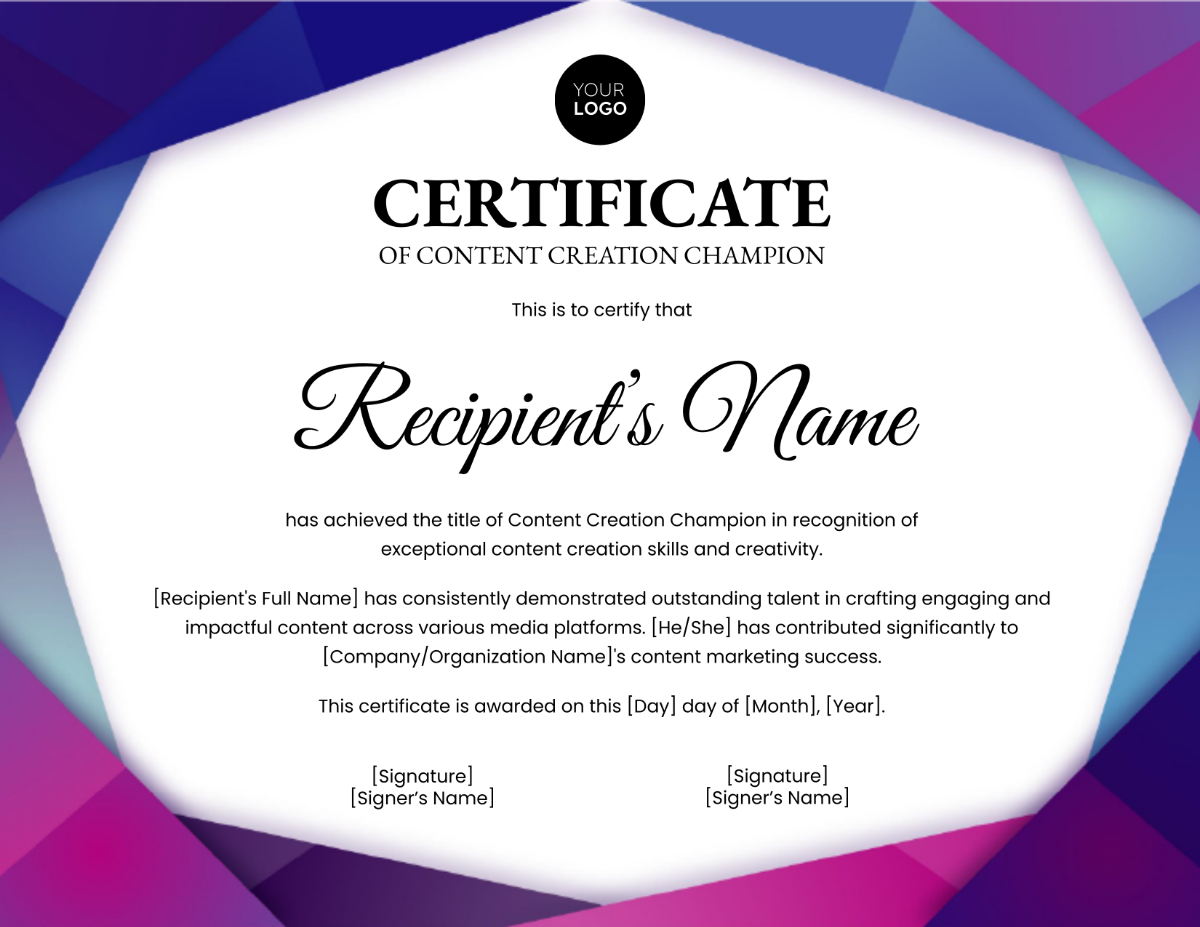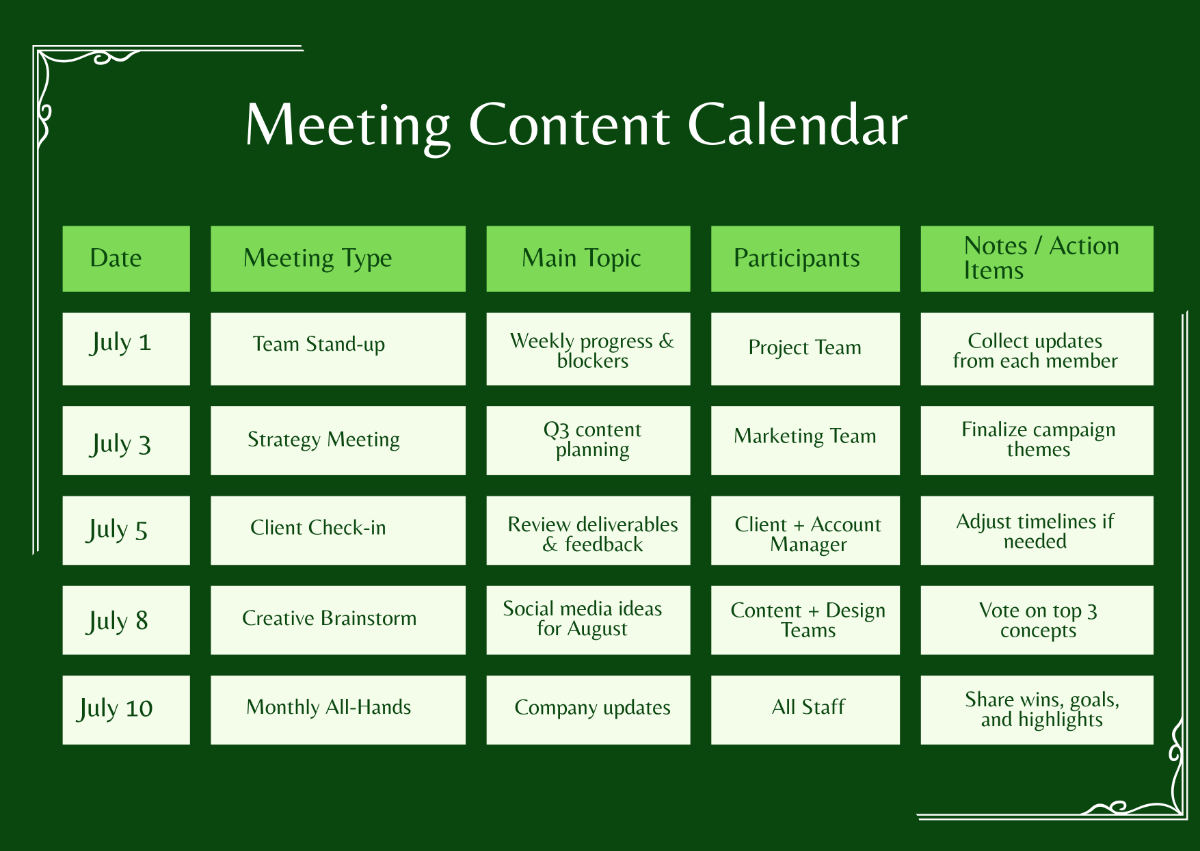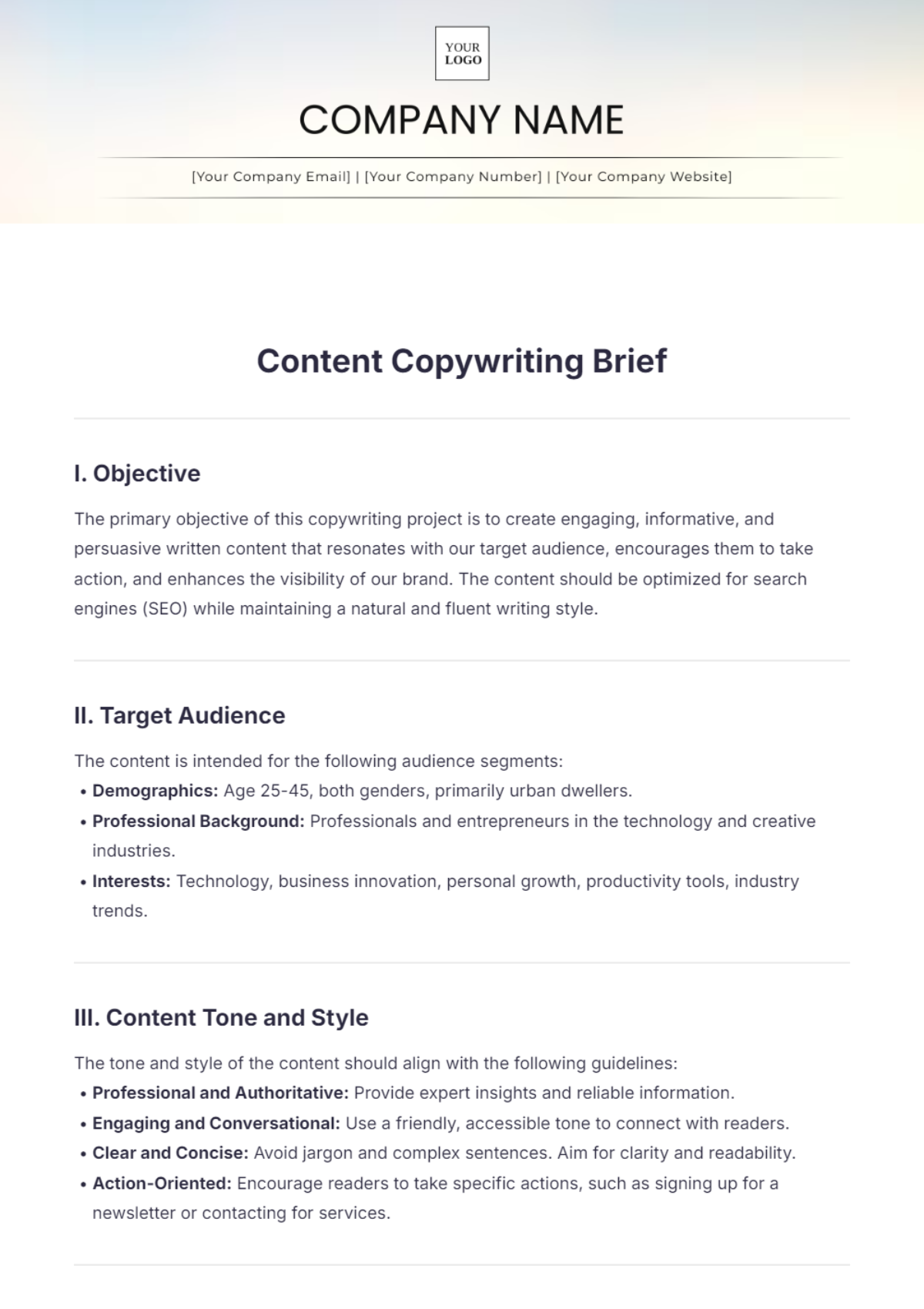Content Web Strategy
Prepared by: [Your Name]
I. Executive Summary
The Content Web Strategy for [Your Company Name] is designed to ensure consistent messaging and effectively manage internal and external communications. This strategy outlines the approach to content creation, distribution, and management to align with our organizational goals and stakeholder expectations.
II. Objectives
Ensure Consistent Messaging: Establish uniform messaging across all channels to reinforce our brand identity.
Manage Internal Communications: Facilitate clear and efficient communication within the organization.
Enhance External Communications: Improve engagement and information flow with external stakeholders including clients, partners, and the media.
Address Crisis Management: Prepare for effective communication during emergencies or significant issues.
III. Audience Analysis
A. Internal Stakeholders
Employees: Regular updates, policy changes, company news.
Management: Strategic information, performance metrics, and key decisions.
Departments: Project updates, inter-departmental communication.
B. External Stakeholders
Clients: Service updates, product information, promotions.
Partners: Collaboration news, joint ventures, partnership benefits.
Media: Press releases, company achievements, events.
Public: Corporate social responsibility initiatives, general announcements.
IV. Content Themes
Theme | Description | Target Audience |
|---|---|---|
Company News | Updates on company milestones, new hires, and initiatives. | Internal and external stakeholders |
Product Information | Details about new products, features, and updates. | Clients, partners, media |
Policy Updates | Changes to company policies and procedures. | Employees |
Crisis Communication | Information on company response during crises. | All stakeholders |
Corporate Social Responsibility | Initiatives and impact reports related to CSR activities. | Public, media |
V. Content Distribution Channels
A. Internal Channels
Intranet: For internal news, policy updates, and employee engagement.
Email Newsletters: Regular updates and important announcements.
Internal Meetings: Face-to-face updates and discussions.
B. External Channels
Company Website: Central hub for all public-facing content.
Social Media: Updates, promotions, and engagement (Facebook, LinkedIn, Twitter).
Press Releases: Distribution to media outlets for significant announcements.
Client Portals: Specific updates and information relevant to clients.
VI. Editorial Calendar
Month | Internal Content | External Content | Responsible Party |
|---|---|---|---|
January | Employee satisfaction survey results | New product launch announcement | HR and Marketing Team |
February | Policy update on remote work | Corporate social responsibility report | Communications Team |
March | Q1 performance review | Press release on partnership | Finance and PR Team |
April | Internal newsletter | Industry award nomination update | Internal Comms Team |
VII. Content Approval Process
Content Creation: Drafted by content creators or department leads.
Review: Content is reviewed by relevant stakeholders (e.g., legal, compliance).
Approval: Final approval by the communications manager or designated approver.
Publication: Distribution via chosen channels according to the editorial calendar.
VIII. Metrics and Analytics
Metric | Purpose | Tool |
|---|---|---|
Employee Engagement Rate | Measure internal communication effectiveness. | Intranet analytics, employee surveys |
Website Traffic | Track public engagement with content. | Google Analytics |
Social Media Engagement | Assess interaction and reach on social platforms. | Social media analytics tools |
Press Coverage | Evaluate media coverage and public relations success. | Media monitoring tools |
Crisis Response Time | Measure the speed and effectiveness of crisis communication. | Incident response tools |
IX. Crisis Management Plan
Identify Potential Crises: Assess potential risks and communication needs.
Develop Response Protocols: Outline steps and responsibilities during a crisis.
Prepare Key Messages: Draft pre-approved messages for rapid deployment.
Designate Spokespersons: Identify individuals responsible for public statements.
Review & Update Plan: Regularly update the crisis plan with new risks and feedback
X. Contact Information
[Your Company Name]
Email: [Your Company Email]
Phone Number: [Your Company Number]
For further details or inquiries, please contact:
[Your Name]
Email: [Your Email]



